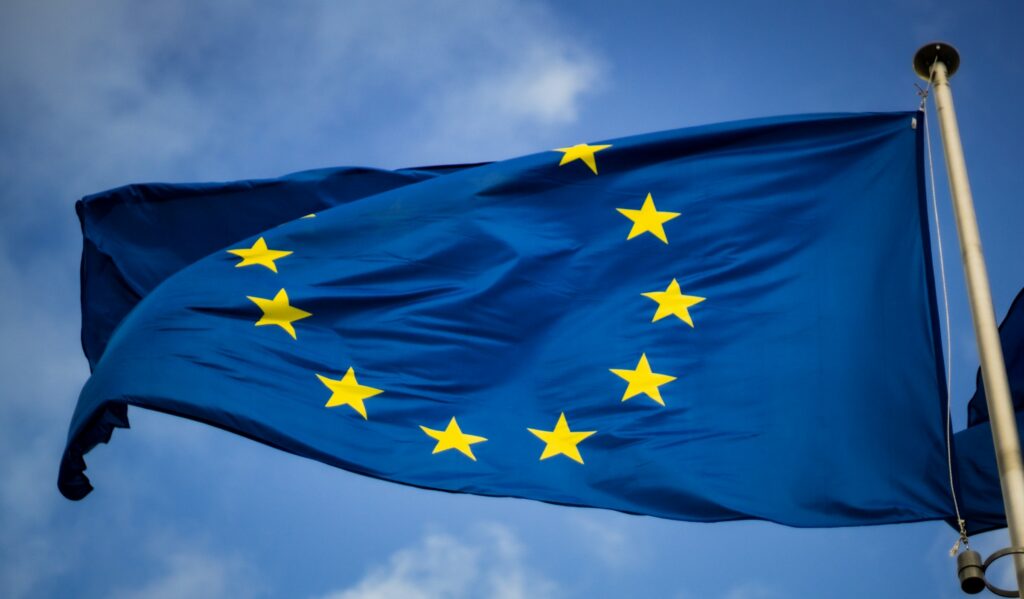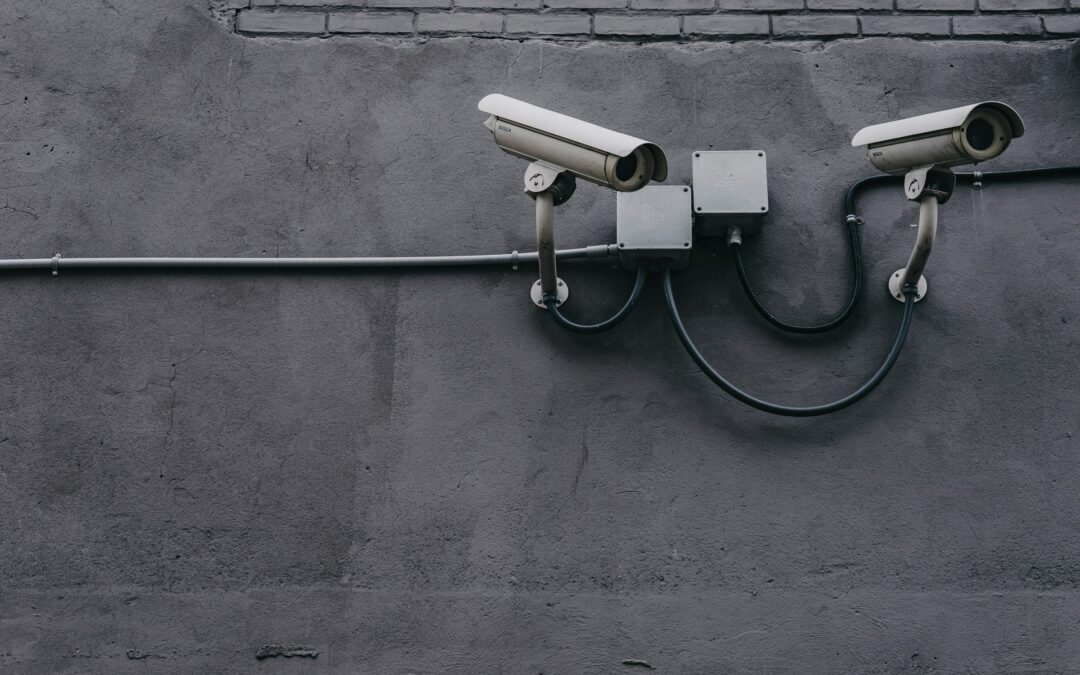The NIS-2 Directive, adopted by the European Parliament on November 10, 2022, marks a turning point in the Cybersecurity. It aims to strengthen the IT security of critical infrastructures and affects an estimated 30,000 German companies. This is a significant increase compared to the 2,000 companies covered by the previous NIS-1 directive.
The new directive obliges companies to implement "appropriate and proportionate" security measures for their information technology. The strict penalties for non-compliance are particularly noteworthy: violations can be punished with fines of up to ten million euros. This regulation underlines the seriousness with which the EU is taking the Cybersecurity drives us forward.
A company is considered particularly significant if it has at least 250 employees or an annual turnover of more than 50 million euros with a balance sheet total of more than 43 million euros. This definition covers a broad cross-section of the German economy and illustrates the far-reaching impact of the NIS-2 Directive.
Key findings
- NIS-2 affects around 30,000 German companies
- Violations can be fined up to 10 million euros
- Particularly important companies: 250+ employees or € 50+ million turnover
- Stronger focus on Critical infrastructures
- Obligation to take appropriate IT security measures
What is the NIS-2 directive?
The NIS-2 Directive is the new EU Cybersecurity Directivewhich came into force on January 16, 2023. It aims to achieve a high common level of Information Security in the European Union. This directive considerably expands the scope of application and provides for a significant increase in the number of institutions to be supervised.
Background and development of the directive
The NIS-2 directive was developed in response to the increasing cyber threats has been developed. It replaces the previous NIS-1 directive and is intended to Cybersecurity in the EU. The directive affects around 29,000 companies with particularly important and important Facilities.
Objectives and priorities
The main objectives of NIS-2 are to build comprehensive resilience and establish end-to-end Cybersecurity strategies. It obliges companies in critical sectors such as energy, transport and healthcare to implement strict security measures. One focus is on the Risk management and the creation of high safety standards.
Differences to the previous NIS Directive
Compared to the NIS-1, the NIS-2 introduces new registration, verification and Reporting obligations in. It extends the scope to additional sectors and companies. Affected institutions are identified on the basis of specific key figures such as annual turnover or number of employees. NIS-2 also provides for the establishment of a Computer Security Incident Response Team (CSIRT) in each EU member state.
The most important requirements of NIS-2
The NIS 2 Directive brings comprehensive innovations for Companies in Germany. It extends the scope of application and tightens the requirements for cyber security.
Security requirements for companies
Companies must have robust Cybersecurity measures implement. These include:
- Early detection of cyber attacks
- Strengthening the defensive measures
- Implementation of reporting procedures
The directive distinguishes between "particularly important" and "important" facilities. Both must take technical, operational and organizational measures to minimize risks.
Reporting obligations and notification requirements
NIS-2 implements strict Reporting obligations on. In the event of a security incident, companies must:
- Submit an initial report within 24 hours
- Submit a detailed report after 72 hours
- Submit a final report after one month
Risk management and precautionary measures
Companies must have a comprehensive Risk management establish. This includes:
- Regular risk analyses
- Creation of emergency plans
- Checking the supply chain for security risks
- Implementation of Cloud security
Non-compliance can result in severe penalties. For particularly important facilities, these can amount to up to 10 million euros or 2% of annual turnover.
| Furnishing type | Maximum fine | Percentage of annual sales |
|---|---|---|
| Particularly important facilities | 10 million euros | 2% |
| Important facilities | 7 million euros | 1,4% |
The NIS 2 Directive presents companies with new challenges, but also offers opportunities for improved cyber security.
Effects on companies in Germany
The NIS-2 Directive brings far-reaching changes for German companies. It is estimated that 25,000 to 40,000 companies will be affected by the new regulations. These figures illustrate the scope of the directive and its significance for cyber security in Germany.
Industries that are affected
The directive covers numerous sectors, including Critical infrastructures such as energy, transportation and banking. The areas of healthcare, digital infrastructure and public administration fall under the new provisions. The focus is particularly on operators of critical systems that are of great importance to the functioning of the community.
| Sector | Examples |
|---|---|
| Energy | Electricity supplier, gas network operator |
| Traffic | Airports, railroad companies |
| Banking | Banks, stock exchanges |
| Healthcare | Hospitals, laboratories |
| Digital infrastructure | Data centers, cloud providers |
Available resources and support
The Federal Office for Information Security (BSI) plays a central role in the implementation of the NIS-2 Directive. It offers companies support in the form of advice and provides a NIS-2 impact assessment. This assistance is particularly important as companies must independently check whether they are affected by the directive.
Opportunities and challenges
The implementation of the NIS-2 Directive brings with it both opportunities and challenges. On the one hand, it offers the opportunity to Cyber defense and to strengthen the Supply chain security to improve. On the other hand, companies must expect to make considerable investments in order to meet the new requirements. A study by BlackBerry shows that 54% of the IT decision-makers surveyed are confident that they will be able to meet the compliance deadlines, while 13% express concerns.
The NIS-2 directive presents German companies with new challenges in the area of cyber security. It requires a thorough review and adaptation of existing security measures. Despite the challenges, the directive offers the opportunity to strengthen digital resilience and increase confidence in the security of critical infrastructures.
State influence through the NIS-2
The NIS 2 directive brings increased State regulation in the area of cyber security. In Germany, around 30,000 companies are affected by the new requirements. This directive aims to improve cyber security in the EU and create uniform standards.
Safety checks and supervision
The Cybersecurity supervision will be significantly strengthened by NIS-2. Authorities such as the German Federal Office for Information Security (BSI) will be given extended powers to carry out security checks. Companies must expect regular checks and audits to ensure compliance with the directive.
Consequences of non-compliance
Violations of the NIS 2 Directive can result in severe penalties. The Fines can amount to up to 10 million euros or up to 2% of global annual turnover. Particularly noteworthy is the possibility of personal liability for managing directors and board members in the event of non-compliance with the regulations.
| Violation | Maximum fine |
|---|---|
| Minor violations | Up to 2 million euros |
| Serious violations | Up to 10 million euros or 2% of annual turnover |
| Repeated violations | Personal liability of the management possible |
Balance between security and freedom
The NIS 2 Directive strives for a balance between increased security and entrepreneurial freedom. While the State regulation the directive also takes into account the needs of companies. For example, exemptions are provided for certain sectors such as defense or national security. The implementation of the directive is intended to strengthen cyber security without compromising the economy's ability to innovate.
The role of cybersecurity providers
With the introduction of the NIS 2 Directive Cybersecurity service provider importance. They support companies in implementing the new requirements and offer important IT security solutions to.
Support from external service providers
External Cybersecurity service provider play a crucial role in the implementation of the NIS 2 requirements. They offer specialized expertise and Managed Security Serviceswhich are indispensable for many companies.
Cooperations and partnerships
Cooperation between companies and security providers is becoming increasingly important. Through partnerships, companies can benefit from customized IT security solutions and improve their cyber security.
| Advantages of cooperation | Examples |
|---|---|
| Access to expertise | Risk assessment, safety audits |
| Modern technologies | AI-based threat detection |
| 24/7 monitoring | Security Operations Center (SOC) |
Innovation potential in the cybersecurity sector
The NIS 2 Directive promotes innovation in the area of cyber security. Companies are increasingly investing in modern security technologies, which is opening up the market for IT security solutions and new opportunities for Cybersecurity service provider opened.
The increasing demand for comprehensive security solutions is driving innovation in the cybersecurity sector and creating new opportunities for specialized service providers.
NIS-2 and the European framework
The NIS 2 Directive is an important component of the EU cybersecurity policy. It came into force in January 2023 and aims to strengthen cross-border cooperation. All EU countries must transpose the directive into national law by October 17, 2024.
Comparison with other EU countries
In Germany, the number of companies affected will rise sharply. According to estimates, 29,000 to 40,000 companies will have to comply with the new regulations. This is a six-fold increase compared to the previous regulation.
| Criterion | NIS-2 in Germany |
|---|---|
| Companies affected | 29.000 – 40.000 |
| Minimum size | 50 employees, € 10 million turnover |
| Sectors covered | 18 |
| Maximum Fines | 10 million € or 2% annual turnover |
The role of the EU Commission
The EU Commission monitors the implementation of NIS-2 in all member states. It promotes the exchange of best practices and promotes the harmonization of security standards. The aim is to achieve a uniform level of protection throughout the EU.

Harmonization of safety standards
The NIS-2 relies on European safety standardsto improve cyber security across countries. Companies must implement state-of-the-art technical and organizational measures. This also includes clear communication channels and emergency plans in the event of security incidents.
The NIS 2 Directive is a milestone for digital security in Europe. It creates a common framework for all Member States and strengthens our resilience against cyber threats.
Practical steps for implementing NIS-2
The NIS 2 Directive presents companies with new challenges in the area of cyber security. Specific measures are needed to meet the requirements.
Evaluation of existing security measures
A thorough review of the current IT security management-systems is the first step. Companies need to check their infrastructure, processes and technologies for vulnerabilities. This includes analyzing networks, databases and access controls.
Training and sensitization of employees
Employee training play a central role in the implementation of NIS-2. Regular training on topics such as phishing, password security and data protection is essential. A trained team forms the first line of defense against cyber attacks.
Introduction of new processes and technologies
The integration of modern Cybersecurity technologies is crucial. These include:
- Implementation of next generation firewalls
- Use of intrusion detection systems
- Use of encryption technologies
- Introduction of multi-factor authentication
These measures help companies to comply with the strict requirements of the NIS 2 Directive and to improve their Digital infrastructure to protect them. Consistent implementation of these steps strengthens cyber security and minimizes potential risks.
Outlook for the future: NIS-2 and digitization
The NIS 2 Directive is facing major challenges due to the rapid Technological development. Artificial intelligence, the Internet of Things and 5G networks are shaping the digital transformation and place new demands on cyber security.
Challenges due to technical developments
Companies have to prepare for complex Cybersecurity trends adjust. The integration of IT and OT systems requires holistic protective measures. Many companies still underestimate the scope of the NIS 2 requirements, especially in the production environment.

Potential adjustments to the directive
The NIS 2 directive will have to evolve. Future versions could include stricter requirements for authentication and monitoring. Smaller companies will also be held more accountable for closing security gaps.
The path to digital sovereignty
Europe is striving for technological independence. The NIS-2 supports companies in strengthening their security and resilience. Regular training and the use of modern security systems will be crucial.
| Aspect | Current situation | Future trend |
|---|---|---|
| Sectors affected | Critical infrastructures, IT services | Expansion to other sectors |
| Safety requirements | Basic measures | Comprehensive IT and OT security |
| Awareness | Often inadequate, especially for SMEs | Increased awareness and training |
Conclusion: NIS-2 as an opportunity or a risk?
The NIS 2 Directive presents companies with new challenges in the area of cyber security. It affects many industries, from energy supply to the digital sector. For effective implementation, comprehensive Cybersecurity strategies required.
Weighing up the advantages and disadvantages
The directive brings with it both opportunities and risks. On the one hand, it promotes IT security and can increase competitiveness. On the other hand, it means higher costs and more effort. Non-compliance could result in penalties of up to 10 million euros or 2% of annual turnover.
The long-term prospects for companies
In the long term, NIS-2 can Corporate resilience strengthen. Companies must Risk management and invest in modern security technologies. The BSI offers support in this regard. The directive also requires a rapid response to incidents: An initial report must be made within 24 hours.
Recommendations for optimal implementation
To ensure successful implementation, companies should start early. It is important to analyze existing measures, draw up an implementation plan and regularly Employee training. The assessment of supplier risks is also crucial. In this way, NIS-2 can be transformed from a risk into an opportunity for improved cyber security.
